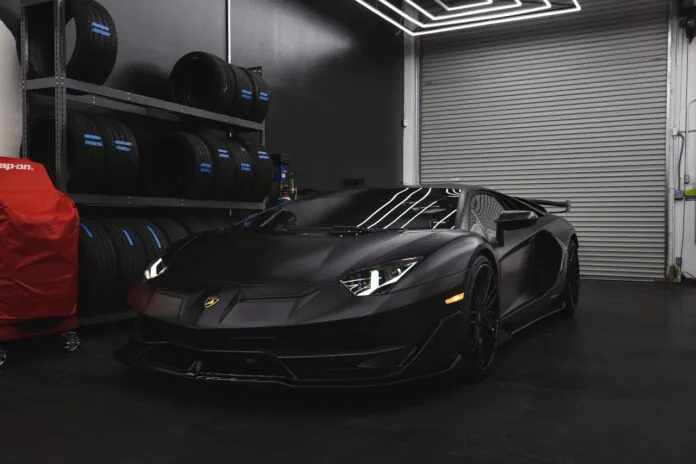
Drivers in 2025 face a clear challenge. Cars are built with stricter software controls, emissions rules are tighter than ever, and inspections leave no room for shortcuts. But interest in car tuning has not faded. It has shifted toward upgrades that work within the law—without giving up performance or comfort.
Tuners are now choosing parts that meet official standards. ECU maps are designed to pass emissions checks. Suspension kits are made to improve handling and ride quality without breaking clearance laws. Comfort upgrades, once limited to luxury cars, are showing up in everyday builds with heated seats, better insulation, and modern infotainment systems.
Car tuning has become more calculated. Power gains still matter, but so do legality, reliability, and day-to-day use. That balance defines the latest trends.
At Least You Can Still Make It More Comfortable
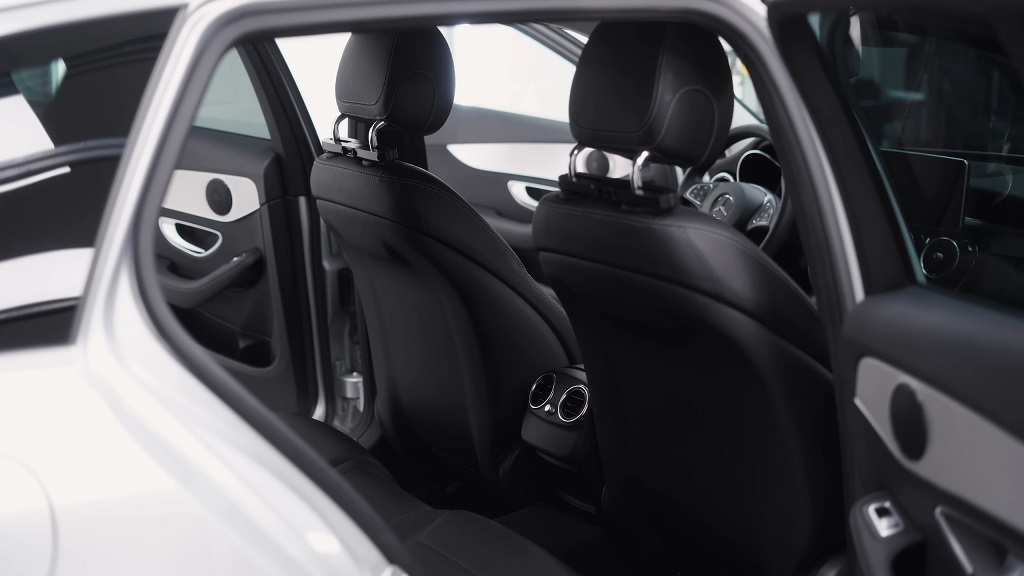
Comfort mods are still fair game. Performance upgrades face limits, but interior changes remain open, when done right.
A full interior detailing can bring real improvement with very little effort. A deep vacuum clears out hidden debris. Steam and shampoo remove stains from carpets and seats. Leather surfaces recover with proper cleaning and conditioning.
Adding UV protection to faded plastics, scrubbing door jambs, and applying protectant to floor mats makes the cabin feel cleaner, sharper, and more refined.
Even small steps like cleaning cup holders, wiping crevices, and clearing out the trunk space have a visible effect. The result feels closer to premium, no matter what the badge says.
Real Comfort Starts With the Seat
Drivers spend hours behind the wheel. A stock seat often falls short. Swapping to a more supportive or better-shaped seat is legal as long as the seatbelt anchor stays untouched and airbags remain functional.
Heated inserts, ventilation kits, and adjustable backrests are all allowed. Even entry-level cars now support full retrofits with OEM-style comfort.
Shops that offer interior upgrades often include upgraded seats as part of full packages—refinishing trim, refreshing materials, and installing ergonomic upgrades that feel cleaner and more supportive than factory setups. This adds comfort without affecting safety or inspection.
Less Noise, Less Stress
Soundproofing is simple, cheap, and legal. Padded mats under carpet, foam inserts in doors, and trunk insulation cut highway noise fast. No need for permits or paperwork.
Quieter cabins reduce fatigue, especially on long drives. This matters more as EVs set new standards for low-noise comfort.
Small Upgrades That Add Up
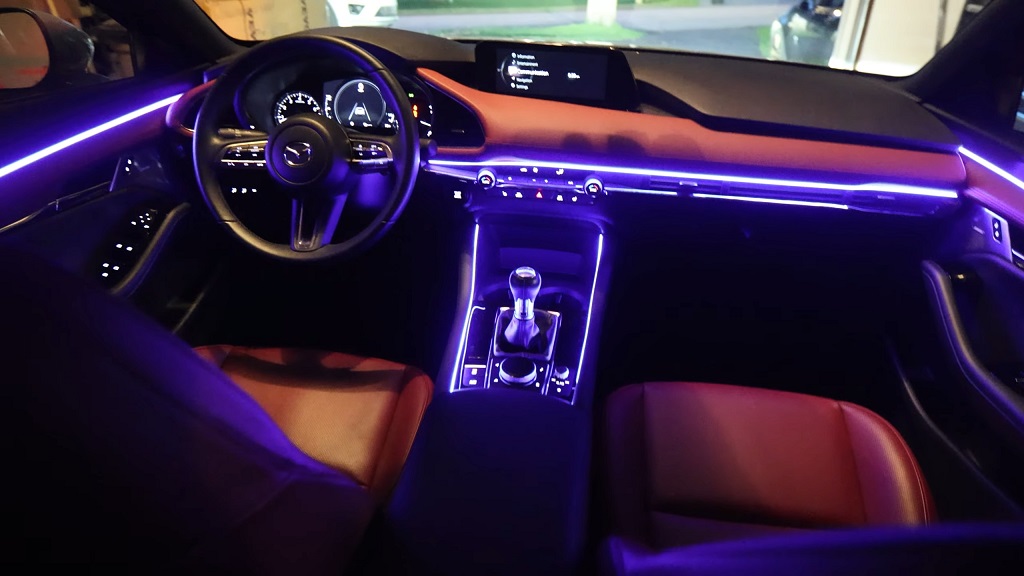
Ambient lighting works when subtle. Most regions ban flashing or colored lights seen outside the car, but soft footwell or console lights are legal inside.
Drivers also install remote start systems, auto climate controls, or smart displays to modernize older interiors. These stay compliant as long as they do not interfere with gear controls or block driver view.
Legal ECU Tunes That Actually Boost Power
Engine tuning in 2025 demands precision. Software remaps still offer real power gains, but now they must meet emissions standards, survive inspections, and leave no trace of tampering that can void warranty or fail a test.
Despite restrictions, legal car tuning exists. Drivers across the US, UK, EU, and Japan are using certified tunes to unlock horsepower without crossing the line.
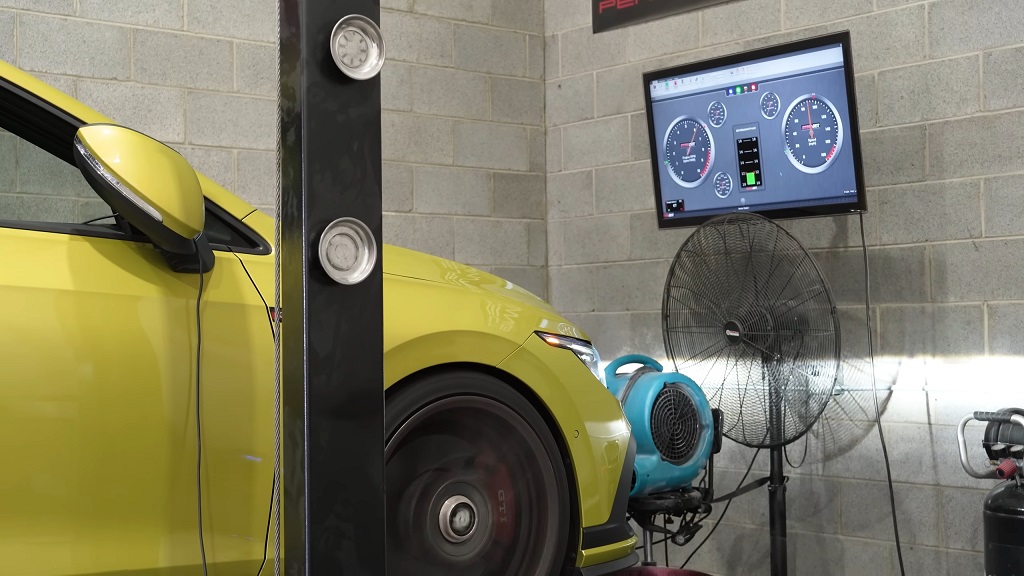
ECU Car Tuning Legal Status and Limits
| Region | Legal Tunes Allowed | Certification Required | Power Gain Range | What Will Fail Inspection |
| USA (CA) | Yes (CARB-approved only) | CARB EO number | 10–15% (Stage 1) | Tune without EO, disabled OBD monitors |
| USA (other states) | Yes (if emissions system remains) | None federally, but state OBD check applies | 10–20% | O2 sensor delete, “check engine off” cheats |
| UK | Yes | Must pass MOT | 10–20% | Emissions fail, warning lights |
| EU (Germany, France) | Yes | TÜV or EU Type Approval | 10–20% | DPF delete, EGR off, excessive smoke |
| Japan | Yes (very limited) | Must pass Shaken emissions | 5–10% max | Turbo add-on, fuel map exceeding emissions cap |
What Car Tuners Offer That Still Passes
Well-known car tuning companies have adapted. They now offer OBD plug-in devices or smartphone apps that install performance maps approved for street use. Popular names include:
- COBB Tuning (US): Offers CARB-approved Accessport handhelds for Subaru, Ford, and Volkswagen. Street-legal maps available for multiple states.
- RaceChip (Germany): Plug-and-play tuning boxes with TÜV certification, designed to meet EU emissions norms.
- EcuTek (UK): Offers switchable tunes using a phone app. Many tunes retain all emissions controls to pass MOT.
- HKS (Japan): Releases ECU updates within factory tolerances to meet Shaken rules.
Most legal tunes offer 10–20% power gains depending on engine type. Turbocharged engines benefit the most, especially with factory-safe boost increases.
What You Cannot Do
Deleting a catalytic converter or disabling a diesel particulate filter is banned on all road vehicles in every major region.
Flashing “pop and bang” maps that dump unburned fuel into the exhaust can also trigger noise violations and fail emissions.
Any map that disables OBD readiness monitors risks an inspection failure.
Tuners now verify compliance by checking live emissions data before releasing a public map. That makes car tuning safer, legal, and more predictable.
Exhaust Systems Built for Performance and Compliance
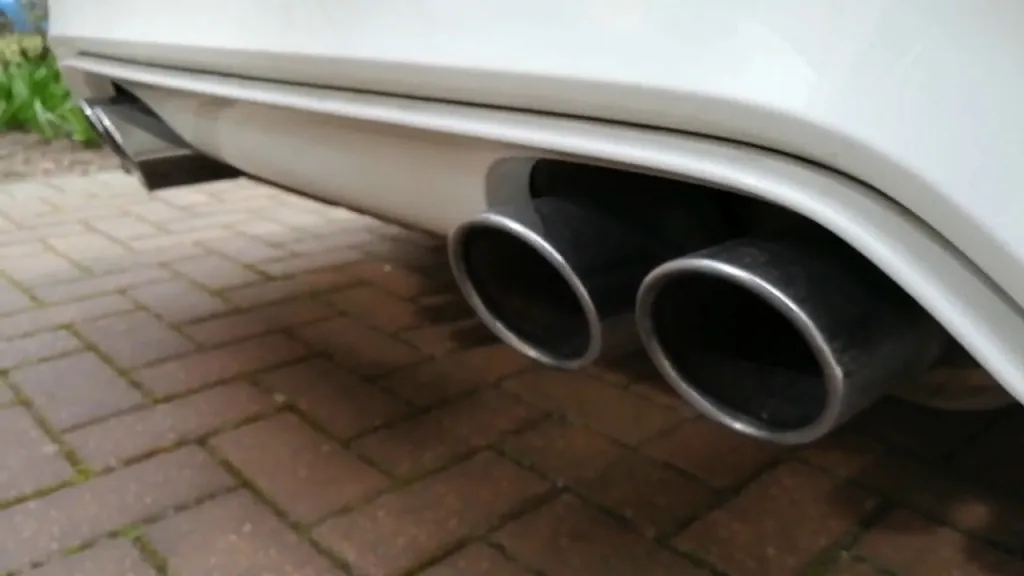
Power, sound, and flow still matter—but getting any of it legally in 2025 takes more planning than ever. Most new vehicles come with factory exhaust systems that already walk the line.
Tuners now focus on what can be added or replaced without setting off emissions violations or triggering inspection failures.
What a Legal Exhaust Looks Like
A compliant exhaust system keeps the catalytic converter in place. It must stay below local noise limits and avoid triggering any OBD warnings. That means no cat deletes, no muffler bypass, and no straight pipes on road cars.
Enforcement is active across major regions, especially in the United States, United Kingdom, Germany, and Japan.
Legal systems now focus on cat-back setups—everything after the catalytic converter. These parts increase flow, improve tone, and reduce backpressure without touching emissions hardware.
Sound Control Without Fines
Active valve exhausts lead the market. These systems include electronically controlled valves that adjust sound output. A closed valve keeps volume below legal thresholds during city driving or inspection.
An open valve increases tone and flow under load or in sport mode. Popular brands like Borla, Remus, and Akrapovič sell valve systems that pass inspection in quiet mode and still deliver a full tone under acceleration.
Noise limits vary by region. In California and Germany, cars must stay below 95 dB during official testing. Japan caps gasoline vehicles at 96 dB. The UK applies a 74 dB limit for cars registered after 2007. Most modern valve systems allow switching between legal and aggressive modes with no need to remove parts or change software.
Legal Exhaust Upgrades by Region
| Region | Legal Limit (dB) | Popular Street-Legal Setup | Approval Required | What Gets Flagged |
| USA (CA) | 95 dB | Cat-back with valve control | Optional unless affecting emissions | Cat delete, muffler delete |
| UK | 74 dB (after 2007) | E-marked system with stock cat | None if within noise limit | Loud systems, pop maps |
| EU (Germany) | ~74 dB | TÜV-certified exhaust with ECE mark | TÜV inspection if modified | Unmarked pipes, excessive tone |
| Japan | 96 dB (gasoline) | JASMA-certified exhaust | Visual and audio check | Open pipe, badge-less system |
Lightweight and Durable Materials
Many 2025 systems use titanium or stainless steel to reduce weight and resist corrosion. Titanium cuts up to 40% of system weight and sharpens tone.
Stainless steel offers durability and a deeper tone at a lower cost. Both materials improve flow while reducing long-term maintenance, especially in cold climates or coastal regions.
Suspension Upgrades Without Clearance Trouble
Lower ride height, sharper handling, smoother comfort—suspension tuning covers all three. But in 2025, not every drop or lift makes it to the road legally.
Rules on clearance, tire fitment, and visibility are now enforced more than ever. Tuners have adapted with smarter kits that improve feel without risking tickets or failed inspections.
What Makes a Suspension Setup Legal
Most regions accept aftermarket springs, shocks, or full coilover systems as long as they meet basic road safety standards.
The vehicle must not scrape, rub, or interfere with lights, tires, or steering. Headlights must remain at legal height. Wheels must stay under the fenders. If any part of the car touches the ground during normal driving, the setup fails—everywhere.
Legal setups provide full suspension travel, correct alignment, and no tire contact. That means no extreme camber, no stretched tires beyond safety ratings, and no frame-on-ground show stance during motion.
Coilovers That Handle Inspections
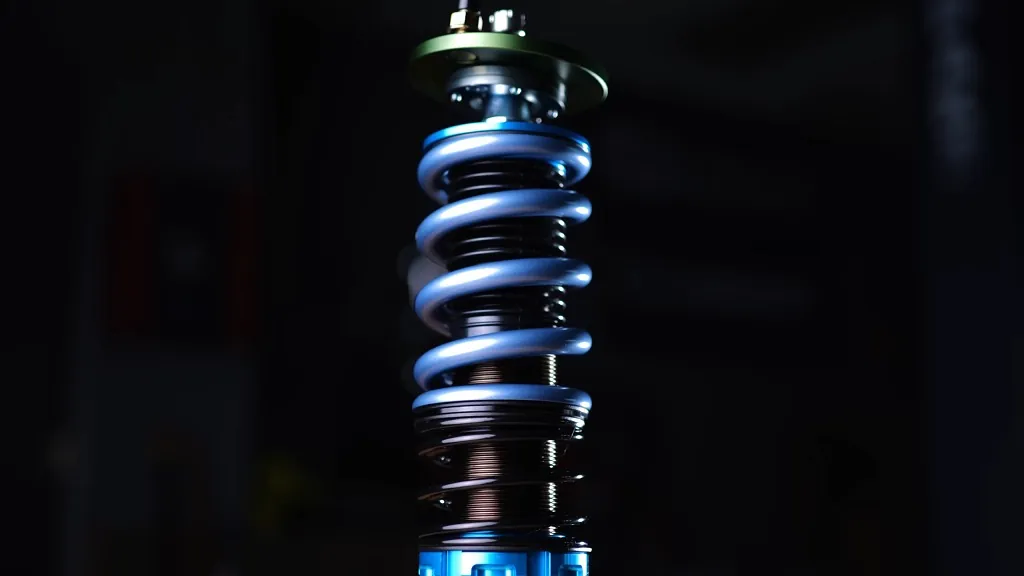
Modern coilover kits are designed to match stock ride height ranges, with dampers that adjust firmness and rebound. Drivers can fine-tune stiffness for corners and still pass inspection if height stays within limits. Many kits now come with preset safe ranges based on regional laws.
In Germany, kits must be TÜV-certified and professionally installed to update registration. In California, no law bans ride height directly, but police can cite cars for unsafe operation if clearance is too low. In the UK, a car must pass the bounce test and have safe suspension geometry to clear MOT.
Camber and Tire Fitment Limits
In 2025, excessive camber draws attention fast. Stretching tires or tucking wheels past safe limits gets flagged in most regions. Tires must wear evenly and provide full contact. Suspension setups that cause tire rub or make steering unpredictable are no longer overlooked.
In Japan, negative camber is limited by Shaken rules. In the UK, MOT inspectors check for contact between tire and body. In the US, police often cite extreme setups under vehicle code violations for unsafe conditions.
Turbocharging Within the Rules
More boost still means more power, but adding it in 2025 takes more than parts and hope. Legal limits, emissions checks, and safety rules now control what turbo upgrades make it to the street. Tuners must work with what the factory gave—because building around it is the only way to stay compliant.
You Cannot Just Add a Turbo Anymore
Installing a turbo on a naturally aspirated engine used to be a popular move. Today, it is nearly impossible to do legally.
Every major region now restricts forced induction add-ons unless they meet strict emissions and safety standards. That usually means using manufacturer-approved kits or working within a platform that already came turbocharged from the factory.
In Japan, adding a turbo to a car that never had one will fail Shaken automatically. In the EU, it would require type-approval and emissions retesting—too expensive for most.
In the US, adding a turbo legally demands a kit with a CARB Executive Order in California or full emissions compliance elsewhere.
Factory Turbo = Safer Upgrade Path
Increasing boost on an existing setup is still allowed, as long as the emissions systems stay active and the engine operates within safe limits. This makes turbo ECU tuning the legal route for most drivers.
Popular platforms include:
- Volkswagen EA888 engines (Golf GTI, Audi A3): support safe boost increases with proper car tuning.
- Ford EcoBoost models: wide support for street-legal tunes and drop-in turbo upgrades.
- Subaru FA20 and FA24: respond well to staged car tuning while retaining factory turbos.
These setups allow gains of 10–25% with only a tune and minor airflow mods. Larger turbos are possible but must be calibrated properly to stay under emissions thresholds.
Approved Kits Still Exist
Several manufacturers and car tuning firms offer street-legal turbo kits for engines that can handle more power. These kits include proper fuel maps, airflow changes, and all emissions equipment. Some come with documentation proving compliance.
- Edelbrock and HKS both offer kits for select models that include full emissions-safe hardware.
- CARB-approved turbo kits are sold in the US for certain Toyota, Honda, and Jeep platforms.
- TÜV-certified kits are available in Germany for models like BMW and Mercedes where the engine base is shared with factory turbo versions.
What Gets Flagged
- Turbo with no catalytic converter: illegal everywhere for street use.
- Boost beyond stock with disabled emissions sensors: will fail any OBD check.
- Fuel maps that increase smoke or unburned fuel: cause automatic test failure in the EU and Japan.
- No documentation: even a legal setup will not pass in Germany or California without proper certification.
Cosmetic Changes That Stay on the Safe Side
Visual car tuning still works—but only when it respects the rules. Most exterior upgrades pass inspection if they avoid safety issues, keep all lights visible, and do not mess with vehicle width or identity.
Body Kits, Fitment, and Function
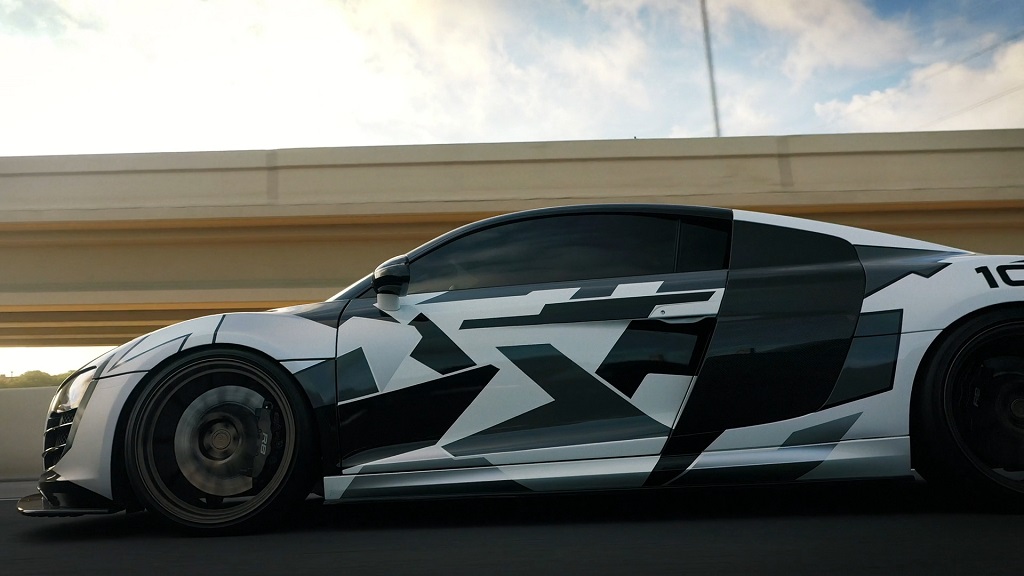
Splitters, skirts, and diffusers are allowed if installed cleanly and securely. No sharp edges. No blocked lights. Wheels must stay under fenders. No tire poke. No frame contact with the ground. That alone filters out most unsafe setups.
In Japan, Germany, and the UK, inspectors measure width, height, and clearance. In the US, unsafe fitment gets flagged under vague but enforceable safety codes. Extreme camber, loose panels, or rubbing tires will not pass.
Lighting: What Works, What Gets Fined
LED swaps are legal only with proper beam pattern. No colored bulbs in headlights. No strobe lights. Underglow is banned while moving in most regions. Interior LEDs are fine when dim and not visible outside. Roof bars or auxiliary lights must be capped or off unless fully approved.
Wraps and Badging
Wraps and custom paint are legal everywhere. But impersonating another brand or model—like AMG badges on a base car—can cause legal issues if sold or misused. Japan and parts of Europe enforce this more strictly.
Legal Cosmetic Mods by Region
| Upgrade Type | USA | UK | EU (Germany) | Japan |
| Body Kits | Legal with safe fitment | Allowed if lights visible | TÜV approval for changes | Measured in Shaken test |
| Wraps and Paint | Legal | Legal | Legal | Legal |
| Badge Changes | Legal unless deceptive | Legal unless misleading | Controlled at resale | Regulated in appearance |
| LED Headlights | DOT-approved only | MOT beam test required | ECE approval needed | Alignment test required |
| Underglow Lighting | Off-road use only | Banned while driving | Banned while driving | Banned while driving |
The Bottom Line
Car tuning in 2025 is not gone. It has become more precise. Interior detailing, certified ECU maps, legal exhausts, and smart suspension upgrades still deliver results.
The rules are tighter, but real gains are possible. Power, comfort, and style all remain on the table, as long as every part fits the law.
Also read: Brazil Introduces First Flying Car, Future of Urban Travel
















